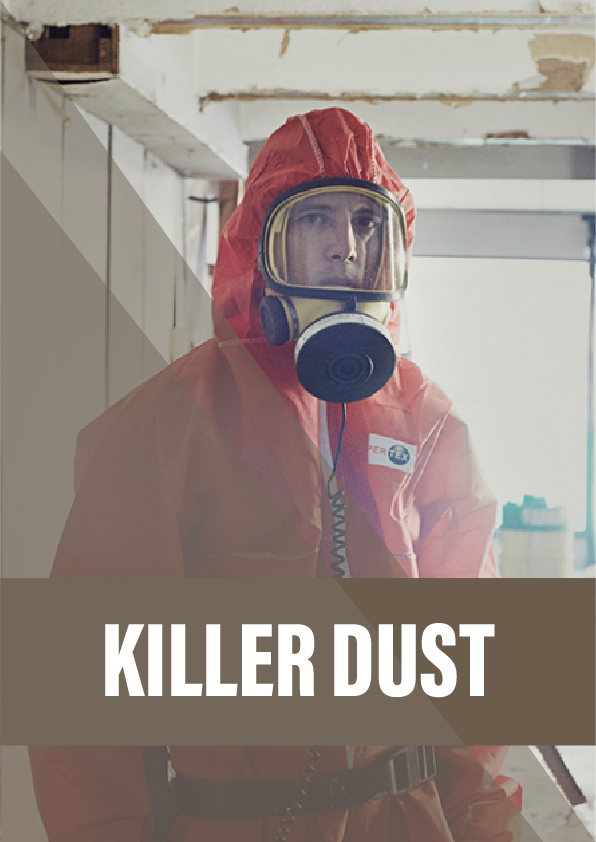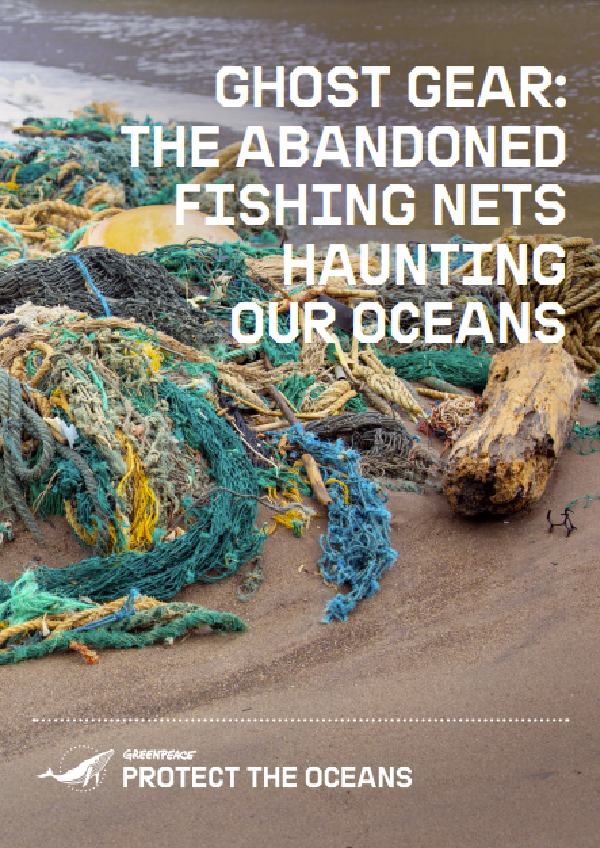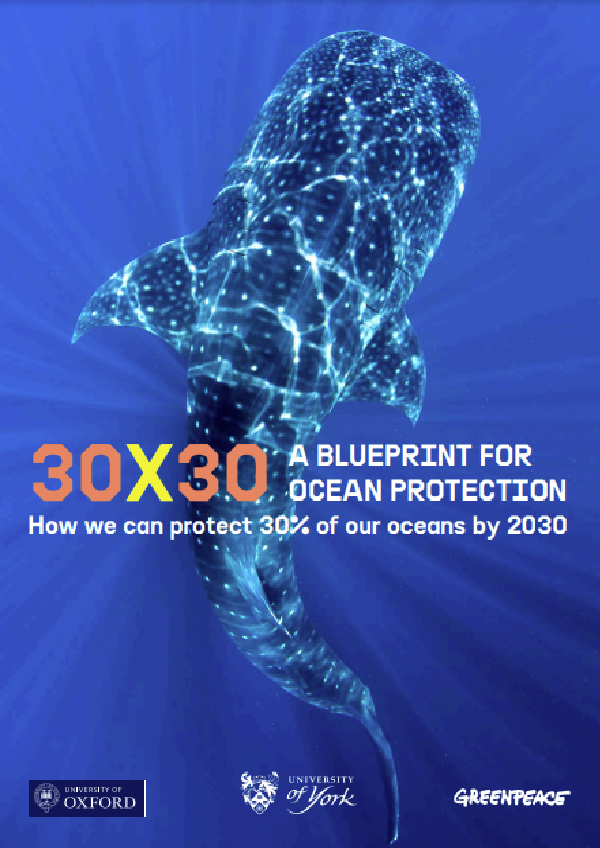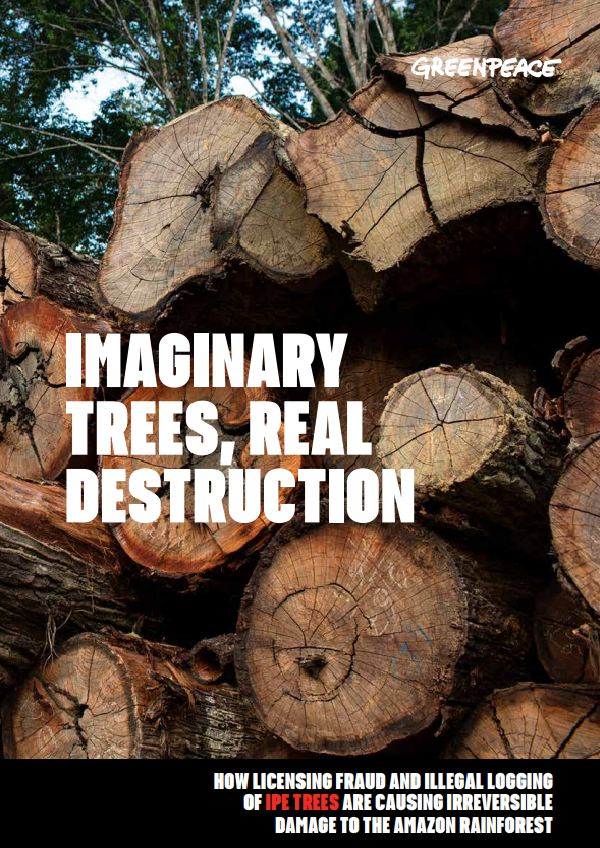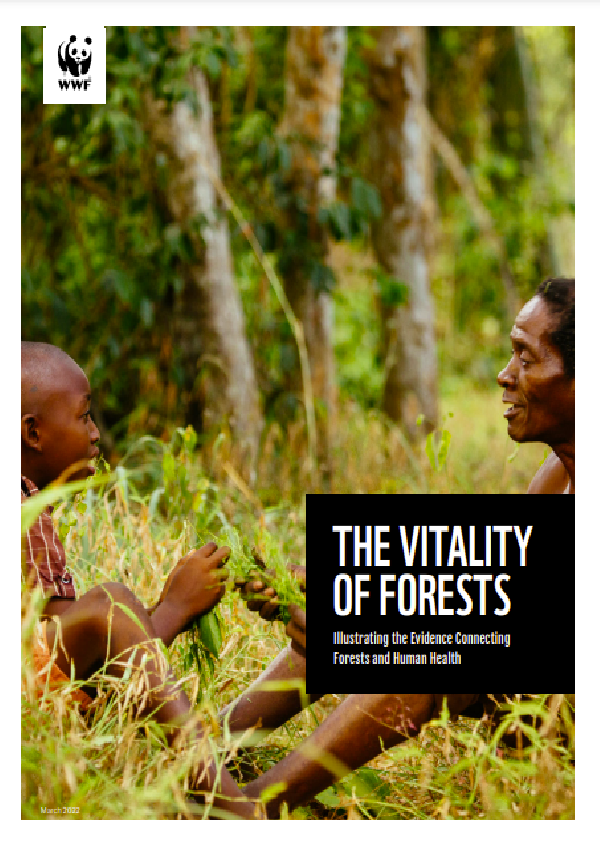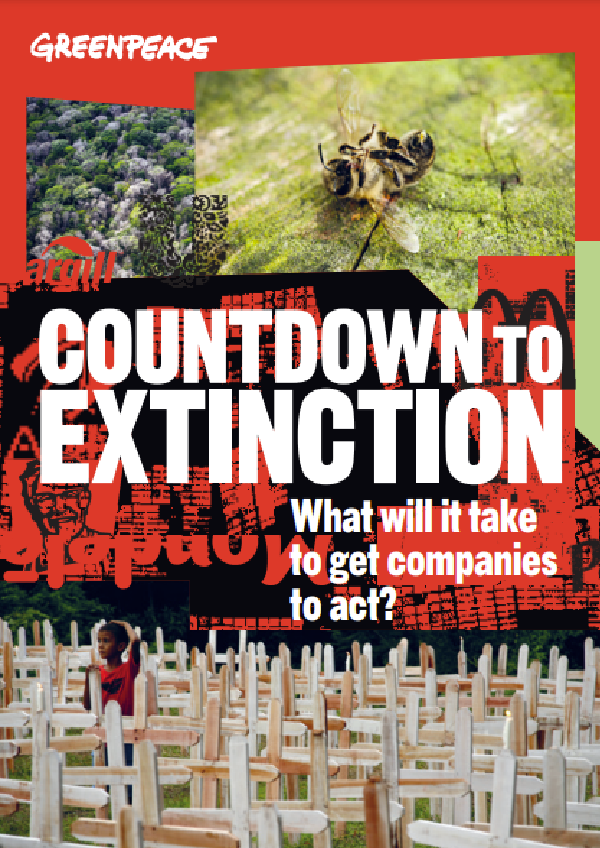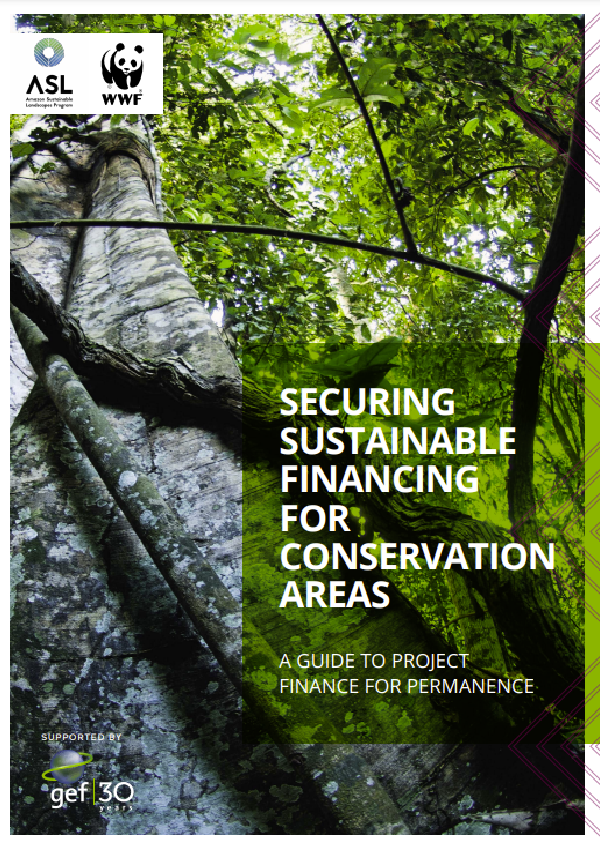Why is asbestos still killing people? Nic Fleming finds out in a twisting tale of industry cover-ups and misinformation that spans decades.
Along vertical pipe sits against white-painted brickwork in the corner of a cramped storeroom. Two men wearing orange boiler suits and gloves crouch at its base. One uses a scraper to remove lumps of what looks like wet papier-mâché from the outside of the pipe, into a red bag held by the other.
Both men are breathing through facemasks, their air sucked from outside the isolation unit: a short, makeshift corridor constructed from black plastic panels and transparent polythene sheeting. An extractor fan hums relentlessly.
It might look like a scene from a horror movie in which scientists fight to contain a virus, but the truth is more banal – though no less deadly. The two men are removing asbestos insulation from a heating pipe in a west London hospital.
Ordinarily there would be bright yellow tape with the words “WARNING asbestos” on it, the site supervisor tells me. But this is an especially sensitive job. The neighbouring ward’s beds are filled by patients with acute respiratory conditions, and the hospital’s management decided that advertising the true nature of the work might cause alarm.
Thirteen people a day in the UK die from exposure to asbestos – more than double the number that die on the roads. In the USA, asbestos will be responsible for around 10,000 deaths this year, meaning it kills close to as many people as gun crime or skin cancer.
Health fears associated with asbestos were first raised at the end of the 19th century. Asbestosis, an inflammatory condition affecting the lungs that causes shortness of breath, coughing and other lung damage, was described in medical literature in the 1920s. By the mid-1950s, when the first epidemiological study of asbestos-related lung cancer was published, the link to fatal disease was well established.
Yet in 2012, rather than falling, worldwide asbestos production increased and international exports surged by 20 per cent. A full ban did not come into force in the UK until 1999, and the European Union’s deadline for member states to end its use was just nine years ago. Today, asbestos is still used in large quantities in many parts of Asia, eastern Europe and South America, while even in the USA and Canada, controlled use is allowed.
Reference:
- The 2008 book Defending the Indefensible: The global asbestos industry and its fight for survival, by Geoffrey Tweedale and Jock McCulloch, is the seminal account of the science that identified the health risks associated with asbestos. It also explores why the mining and manufacture continued for so long (indeed, to this day) despite the deadly consequences.
- Richard Doll’s 1955 paper on the prevalence of lung cancer cases among Rochdale textile workers confirmed the findings of research from the 1940s that pointed to asbestos as a cause of lung cancer.
- J C Wagner’s 1960 publication of a study that showed large numbers of pleural mesotheliomas in South Africans living near an asbestos mine. It is generally credited as the first study to show an association between this rare condition and asbestos.
- Pulmonary specialist Irving Selikoff’s 1964 paper [PDF] described high levels of asbestosis, lung cancer and mesothelioma in insulation workers in the USA. It was widely covered by the media, with some declaring it to be the first definitive proof that asbestos caused cancers.
- Jessica van Horssen, an environmental historian at York University, Toronto, published her doctoral thesis in 2010. In it, she explored how people’s attitudes and identities can be moulded by the environment in which they live, through a detailed study of the people of the town of Asbestos in Quebec.
- Asbestos basics from the UK Health and Safety Executive.
- Information on asbestos-related diseases from the UK Health and Safety Executive.
- Reddit AMA (ask me anything) with Nic Fleming and Dr Jessica van Horssen from March 2014.
